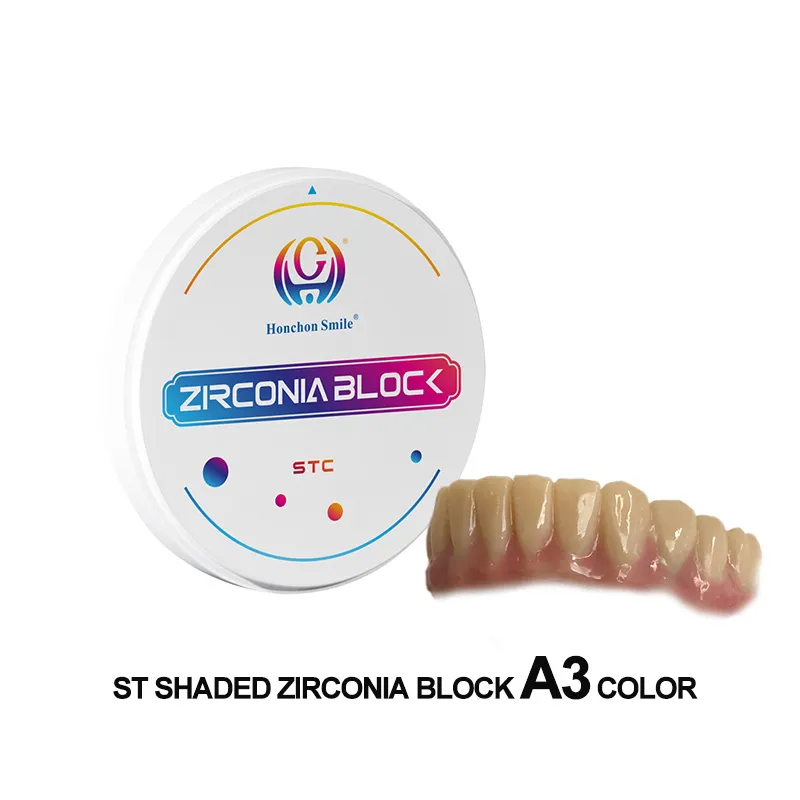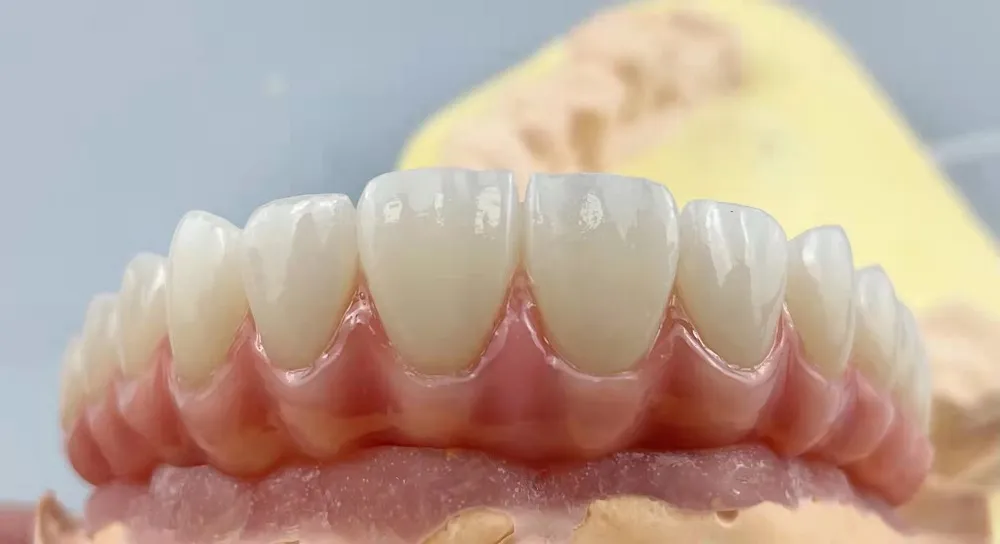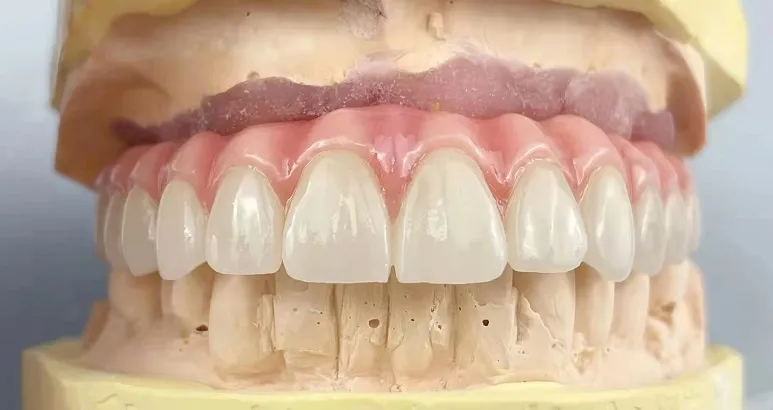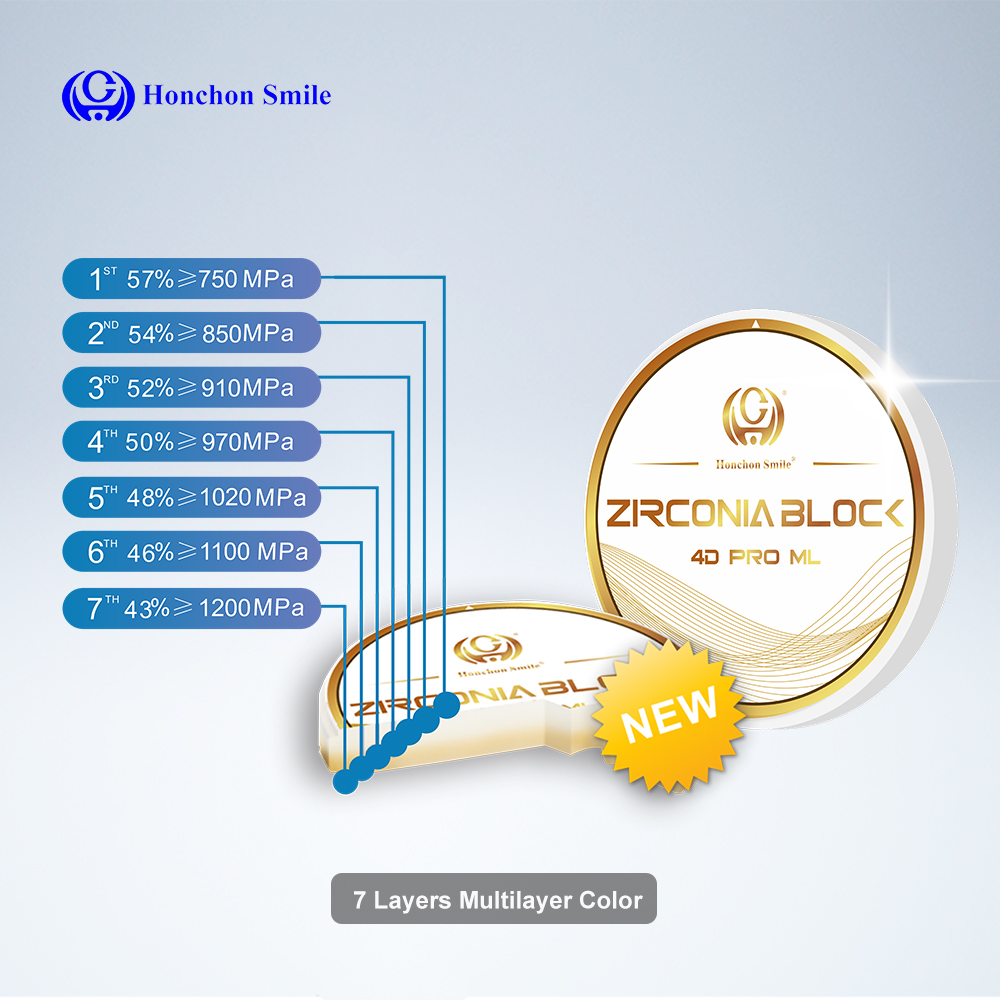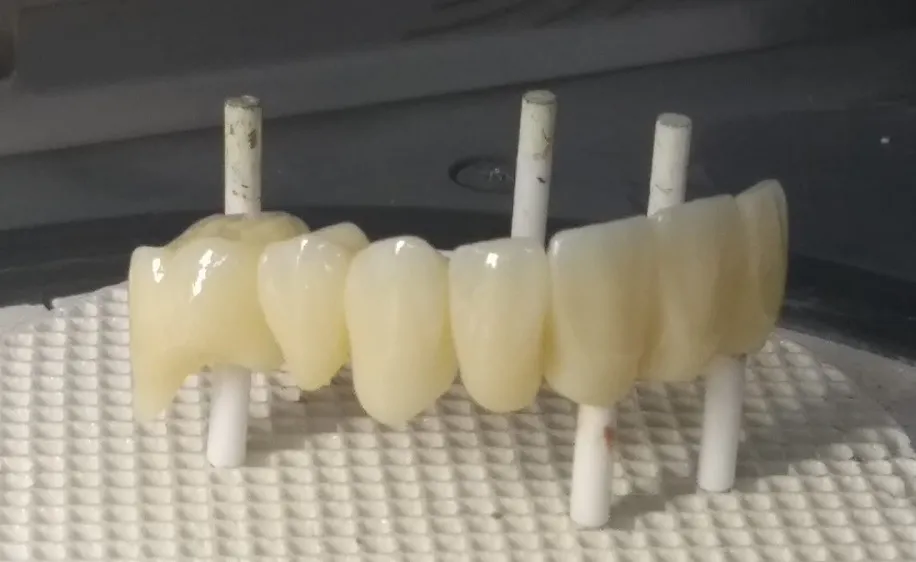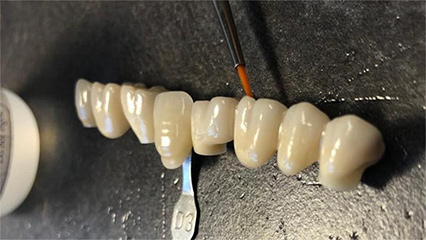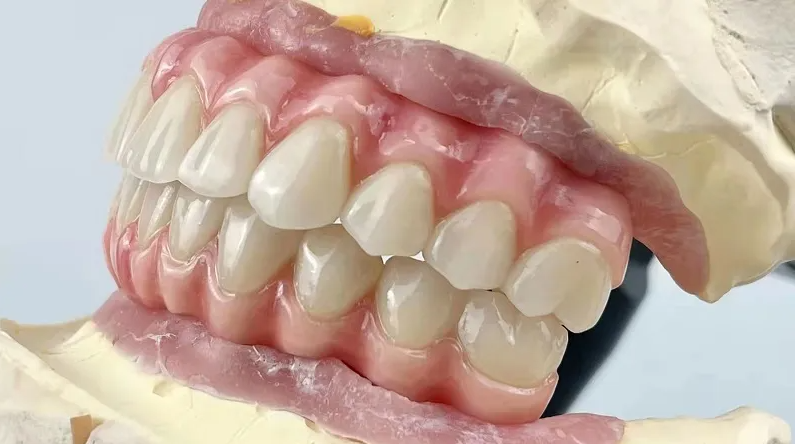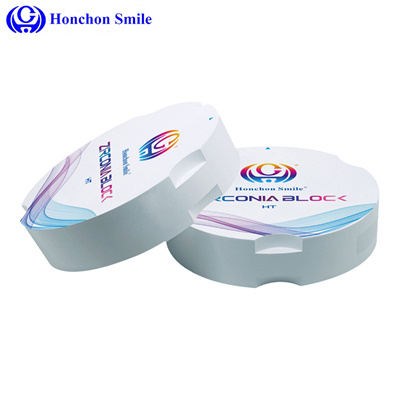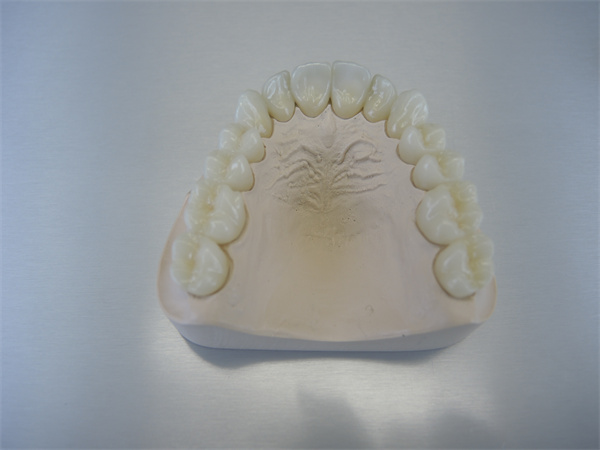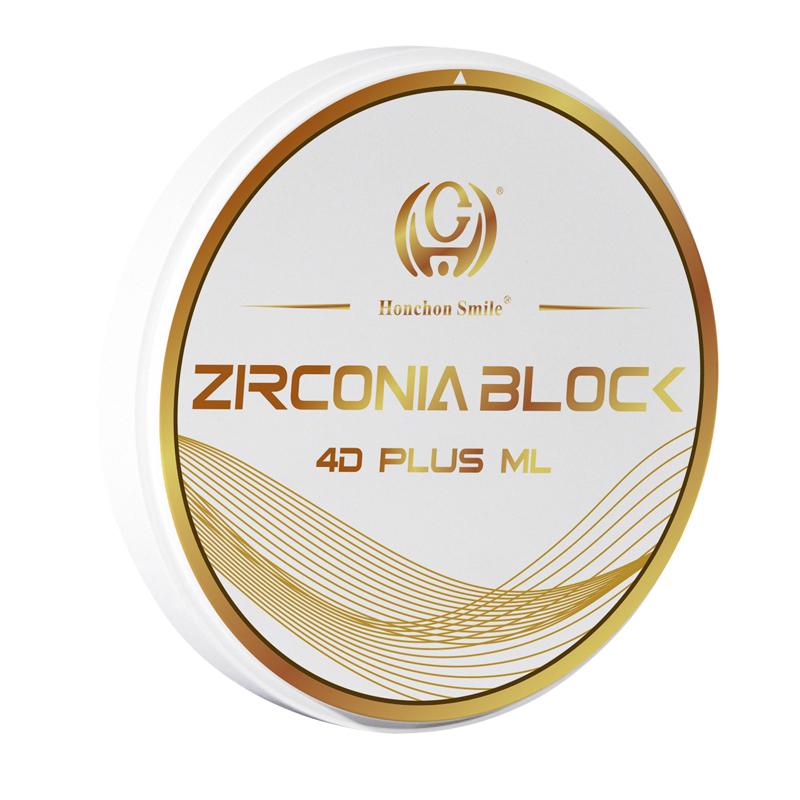All-ceramic Crown and Restorations: Common Types
2024-04-07
All-ceramic Crown and Restorations: Common Types
Monolithic Zirconia
Solid or monolithic fully contoured zirconia crowns are ideal for posterior restorations and are extremely strong. CAD fabricated crowns provide a very precise marginal fit and are virtually unbreakable.
Early monolithic zirconia crowns were often over-valued, but gradually, shades have improved dramatically and can now be closely matched to the adjacent dentition. The effect shade helps characterize the occlusal surface of the crown, and preshaded zirconia crowns provide a natural opalescence. The smoothness and durability of the surface make monolithic zirconia crowns a suitable choice for the molar.
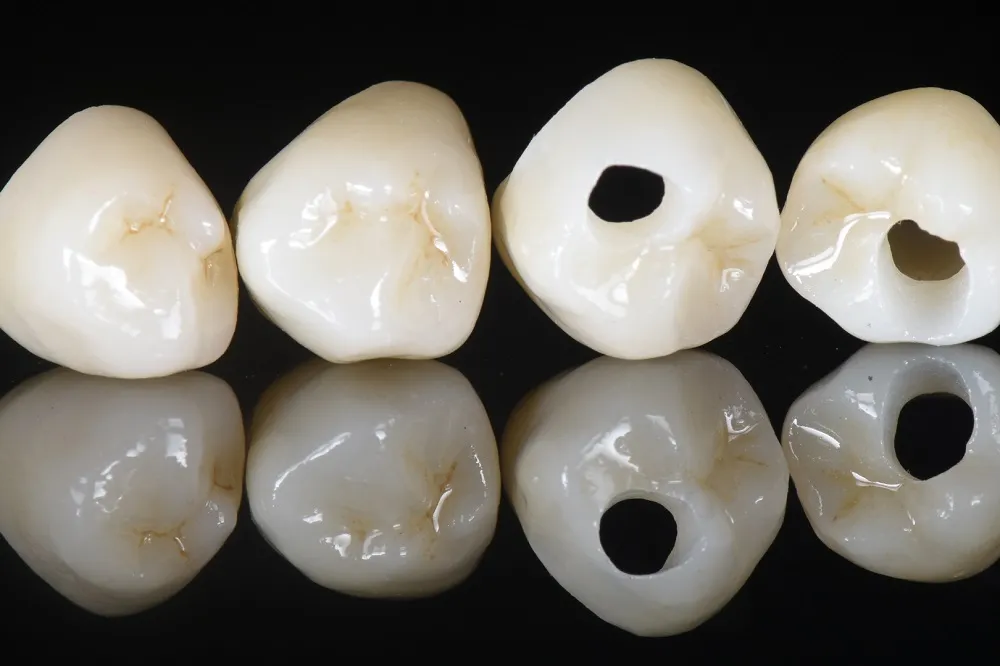
White Garnet Express Compressible Crowns
Originally introduced more than 15 years ago, the white garnet compressible crown has 160 MPa flexural strength and is proven to be durable and aesthetically pleasing. Using this system, clinicians can achieve restorations that closely replicate natural teeth. A mold shade guide is used to determine the shade of the tooth preparation and helps determine the correct tooth shade.
White Garnet Crowns are highly translucent and help transfer the color of adjacent teeth, so accurate color matching can be achieved even in more difficult cases.
Lithium disilicate porcelain crowns
Lithium disilicate crowns are made from biocompatible lithium disilicate ceramic glass ingots and have a flexural strength of 400 MPa, three times that of Empress. Crowns can be pressed or ground to provide a good fit and function. Full-profile restorations can be created using lithium disilicate, a comprehensive layered ceramic that achieves a high degree of aesthetics.
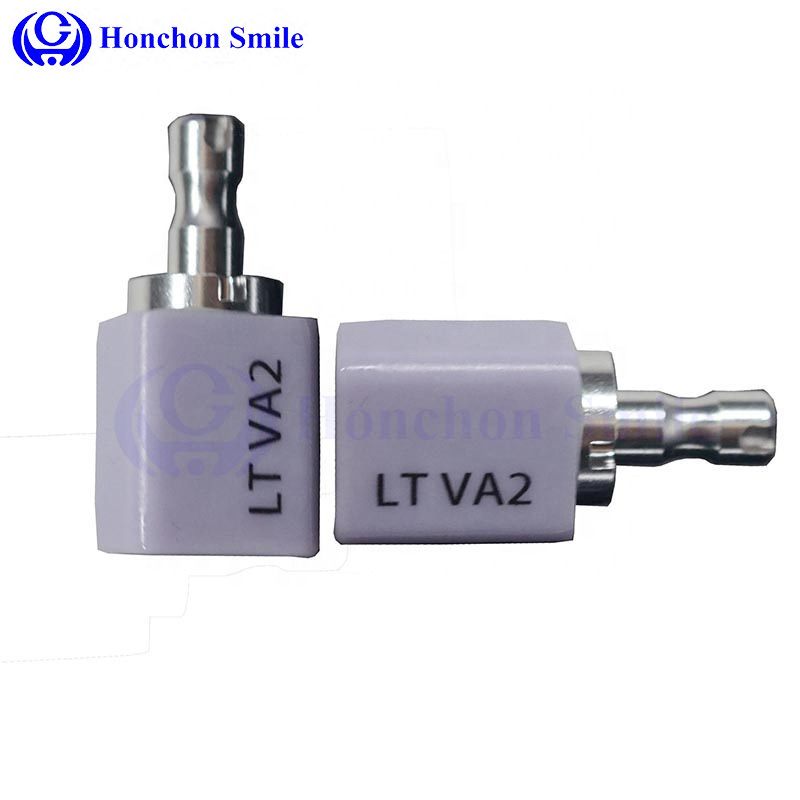
HONCHON SMILE lithium disilicate is produced by a special process in which the main component is lithium disilicate. Its fast crystallization process and excellent aesthetics have made it the material of choice for highly efficient, high-strength CAD restorations.
Highly translucent zirconia
Highly transparent zirconia is particularly suitable for anterior crowns, but can also be used for posterior crowns. It offers a lifelike translucent effect with a bending strength between 590 and 720 MPA. The material is highly biocompatible, promotes healthy tissue response and has a natural aesthetic appearance.
Once in the mouth, High Translucency Zirconia transmits the color of adjacent teeth so these restorations will blend perfectly. Highly translucent zirconia can be used as a monolithic restoration or in layers.
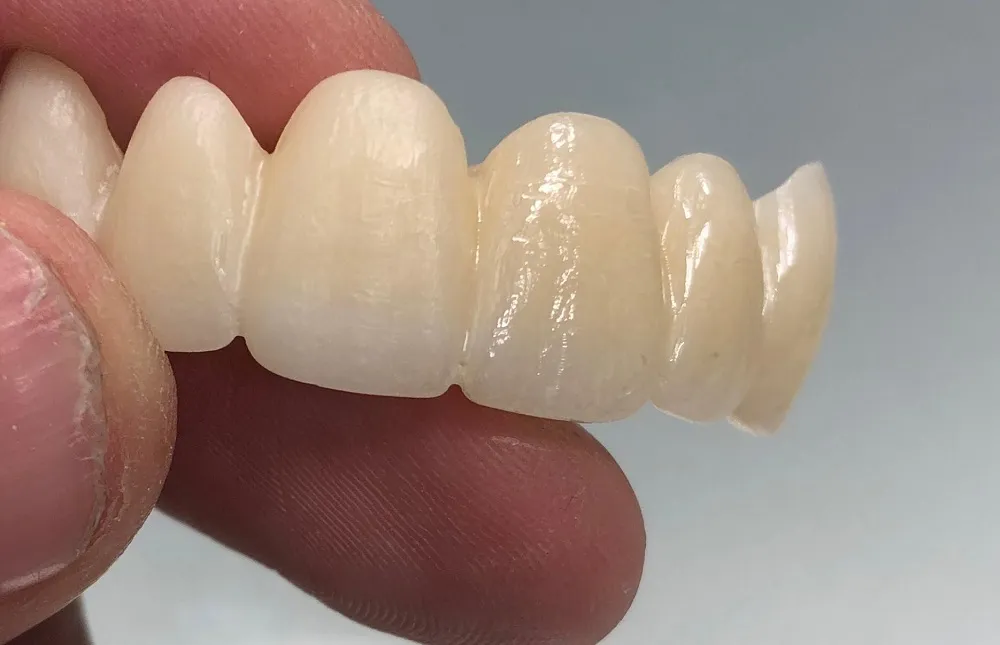
With today's choice of all-ceramic materials, it should be relatively simple for clinicians to select the correct type of crown. HONCHON SMILE's experienced technical team is ready to advise you based on our in-depth knowledge of these materials. Welcome your enquiry.


